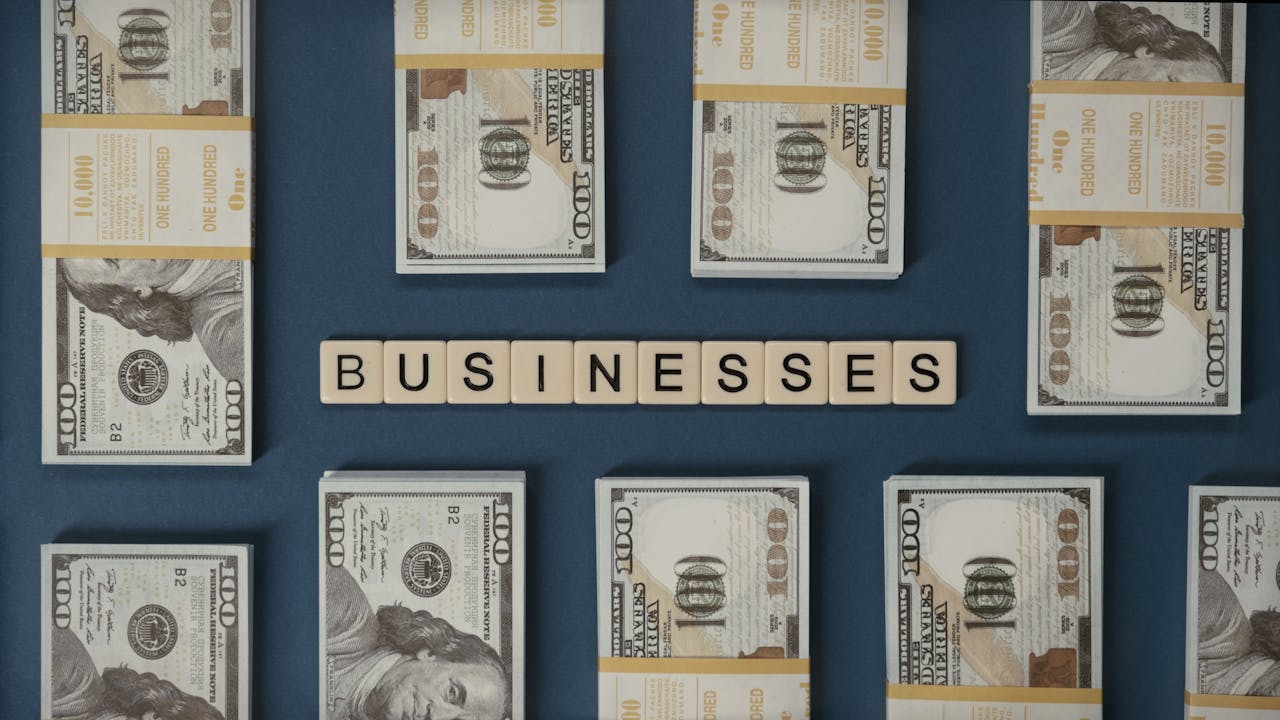1. What Exactly Are Money Market Funds?
Money market funds (MMFs), also known as money market mutual funds, are a type of open-ended mutual fund that primarily invests in short-term, high-quality debt instruments. These include government Treasury bills, commercial papers, and certificates of deposit.
They are designed to offer investors a relatively safe place to park cash temporarily, earning interest while maintaining liquidity. In the U.S., they are regulated under Rule 2a-7 of the Investment Company Act of 1940 to ensure stability and transparency.
MMFs are not equivalent to savings accounts or CDs, as they do not have FDIC protection. However, they are considered low-risk because they typically invest in highly rated short-term instruments.
2. How Do Money Market Funds Work?
When you buy into a money market fund, you are essentially pooling your money with other investors. The fund manager uses that money to purchase a diversified portfolio of short-term debt instruments.
Returns are generated through interest payments from the securities held. The fund calculates a daily net asset value (NAV), and most MMFs aim to keep the NAV as close to $1 (or €1) as possible—known as a “stable NAV.”
Most funds allow T+0 redemption, meaning you can access your money the same day you request a withdrawal, making them highly liquid.
3. 2025 Snapshot: What’s Happening in the U.S. and Europe?
(1) U.S. Market in 2025
According to May 2025 data:
- Fidelity Government Money Market Fund (SPAXX): 7-day annualized yield of 3.97%
- Vanguard Treasury Money Market Fund: 7-day yield of 4.23%
- JPMorgan U.S. Government MMF: 7-day yield of 4.20%
These rates are competitive with 1-year CDs, and many funds allow zero minimum investment through online platforms like Fidelity and Vanguard.
(2) European Market in 2025
European MMFs typically offer slightly lower returns:
- DWS ESG Euro Money Market Fund: ~3.63%
- Amundi Short-Term USD MMF: ~4.43%
Returns in Europe are influenced by ECB short-term rates and management fees. Funds denominated in USD tend to offer higher yields than those in EUR.
4. Advantages of Money Market Funds
✅ High Liquidity
Funds are usually redeemable same-day (T+0), making them suitable for emergency or transitional cash management.
✅ Competitive Yield
In high-interest environments, yields often surpass those of savings accounts or even short-term CDs.
✅ Low Entry Barrier
Many platforms require little to no minimum investment. Ideal for flexible allocation of small funds.
✅ Diversification
Investing in a fund offers exposure to multiple instruments, reducing risk from any single issuer.
✅ Market-Responsive Returns
Unlike CDs with fixed rates, MMFs can benefit from rising interest rates almost immediately.
5. Risks You Shouldn’t Overlook
❗ No FDIC Protection
Money in MMFs is not insured. If the fund’s NAV drops below $1, you may lose principal—this is known as “breaking the buck.”
❗ Credit & Liquidity Risk
Although rare, if underlying securities default or markets freeze (as during 2008), redemption delays or losses may occur.
❗ Fee Transparency
Some MMFs deduct hidden management fees or pass expenses to investors. Always check the Expense Ratio.
❗ Currency Risk
For eurozone investors using USD-denominated funds, FX fluctuations may impact real returns.
6. Who Are MMFs Suitable For?
✅ You may be a good candidate for MMFs if:
- You want high liquidity and quick access to funds
- You’re waiting to deploy cash in other investments
- You’re managing short-term goals (e.g., upcoming home purchase, tuition payments)
- You want a relatively safe way to earn interest on idle cash
- You’re a freelancer, business owner, or anyone with unpredictable cash flow
🚫 MMFs may not be ideal if:
- You need FDIC-level insurance
- You want a guaranteed fixed rate for over 12 months
- You can’t tolerate even the slightest risk of principal loss
7. Real-World Case Study: A Freelancer’s Smart Allocation
Emma, a 33-year-old freelance designer in New York, keeps $30,000 in a Vanguard Federal Money Market Fund. She uses it as a “buffer account” between project payments and investments.
In 2025, the fund yields ~4.2% annually, giving her ~$1,200 in passive income without locking up funds. She can redeem money daily and prefers this over a savings account earning only 0.5%.
8. Smart Tips Before You Buy
📌 Read the Fund Prospectus
Check what instruments the fund invests in—government debt is safer than corporate commercial paper.
📌 Compare the Expense Ratios
A fund yielding 4.5% but charging 0.5% in fees isn’t better than one yielding 4.2% with 0.05% fees.
📌 Consider Tax Implications
In the U.S., MMF earnings are taxed as ordinary income. In Germany and France, returns may be subject to capital gains or wealth tax.
📌 Know the Redemption Rules
Some institutional MMFs impose redemption gates during extreme volatility. Understand the fund’s policy.
9. Final Thought
Money market funds aren’t just a “parking lot” for cash—they’re a tactical tool for short-term wealth management in high-rate environments.
Used wisely, they can enhance yield, preserve liquidity, and reduce risk without tying up your funds. But like any investment, clarity on your timeline, purpose, and risk tolerance is key.



